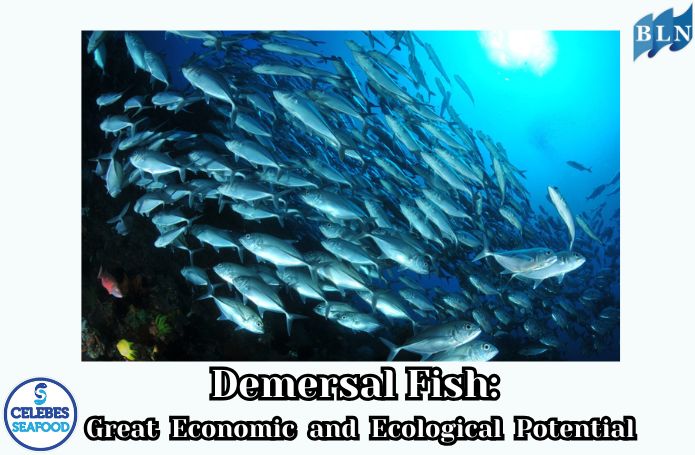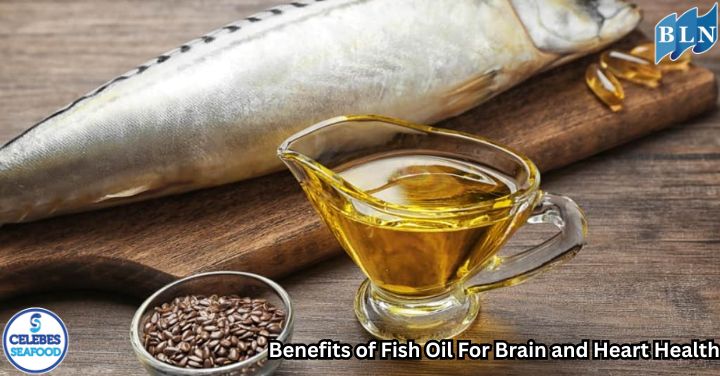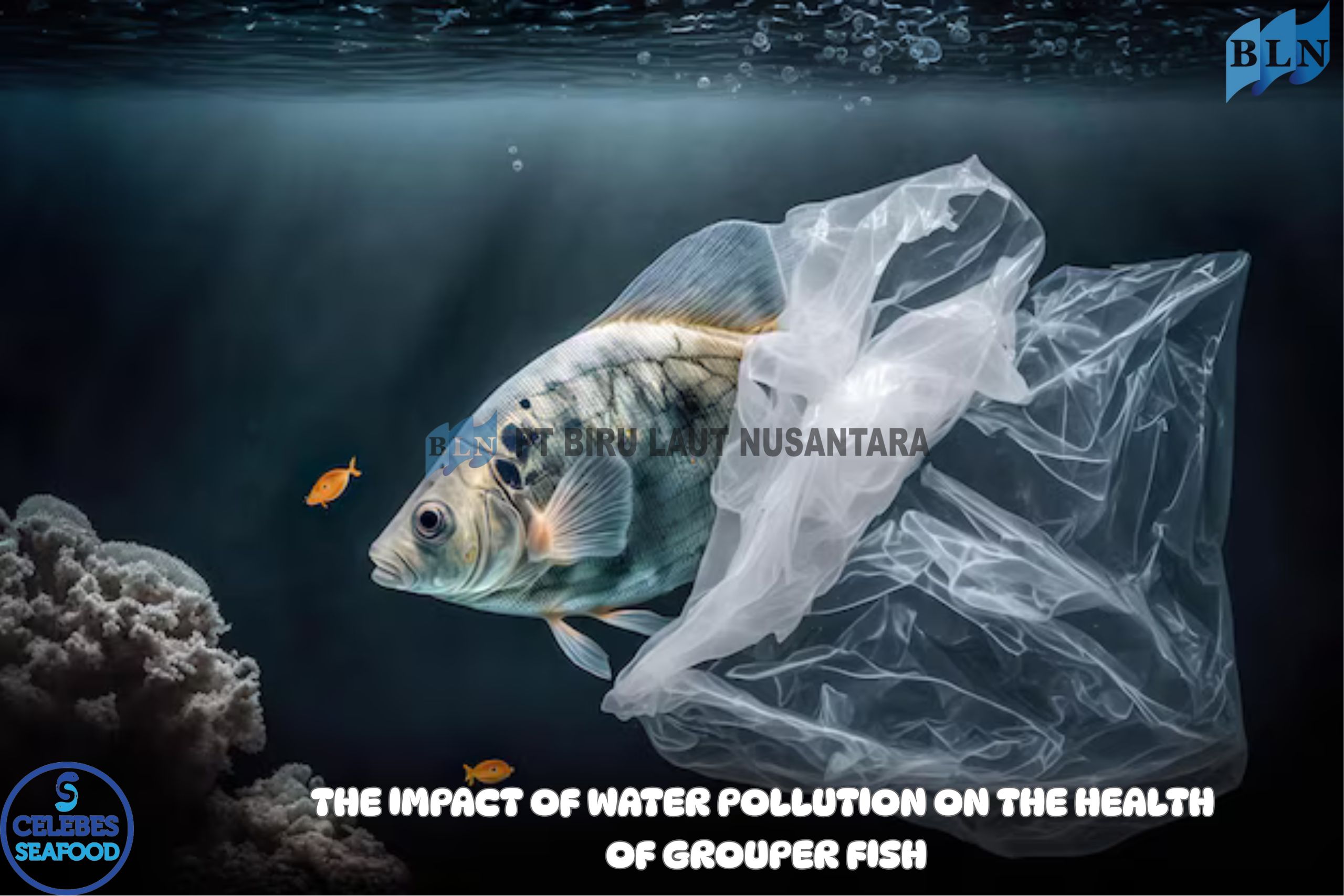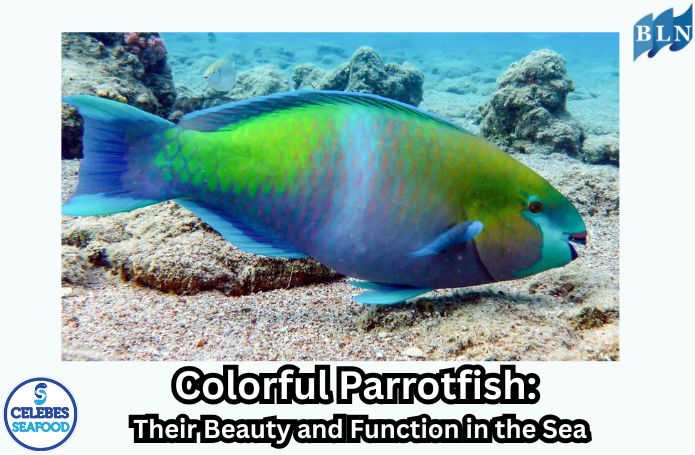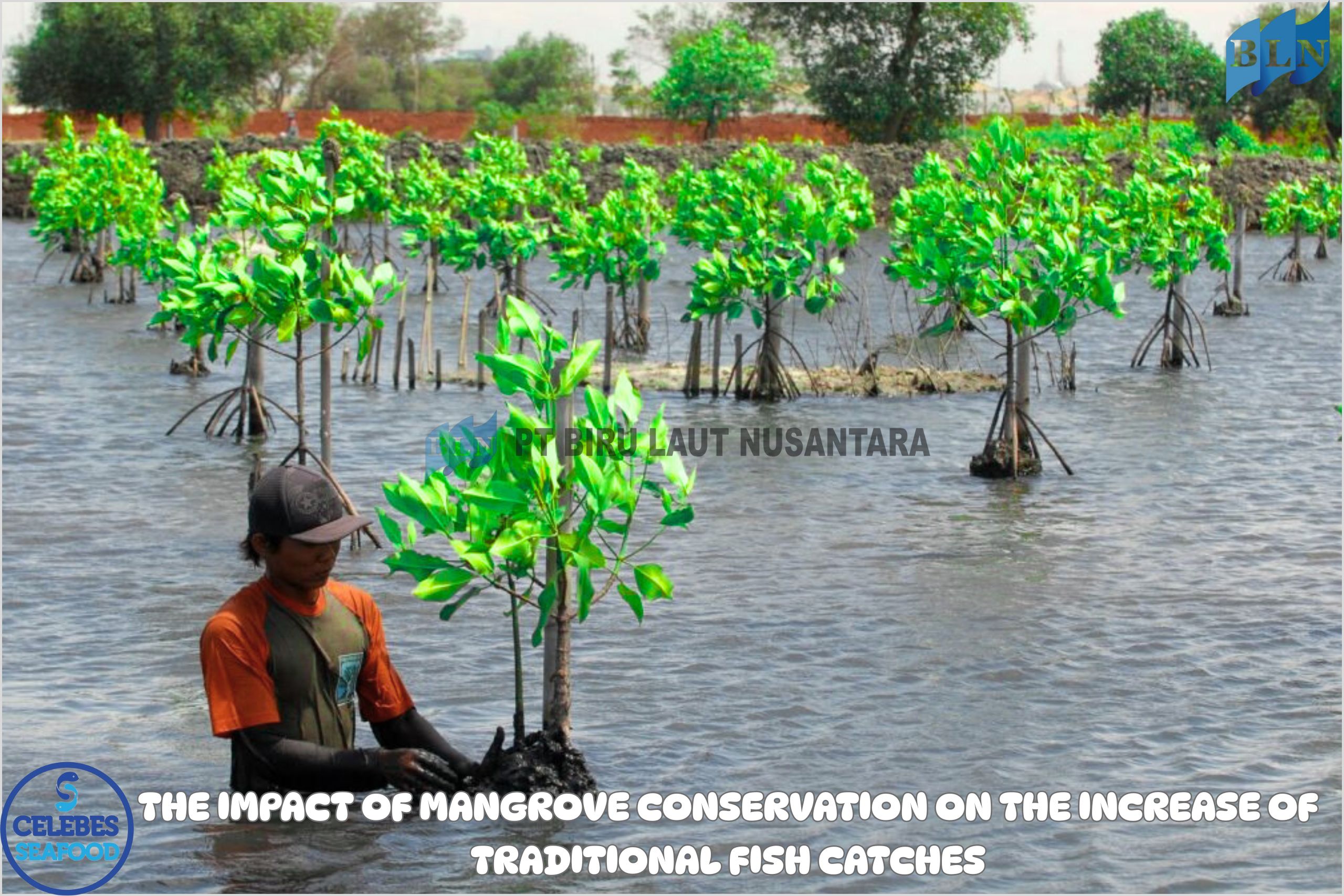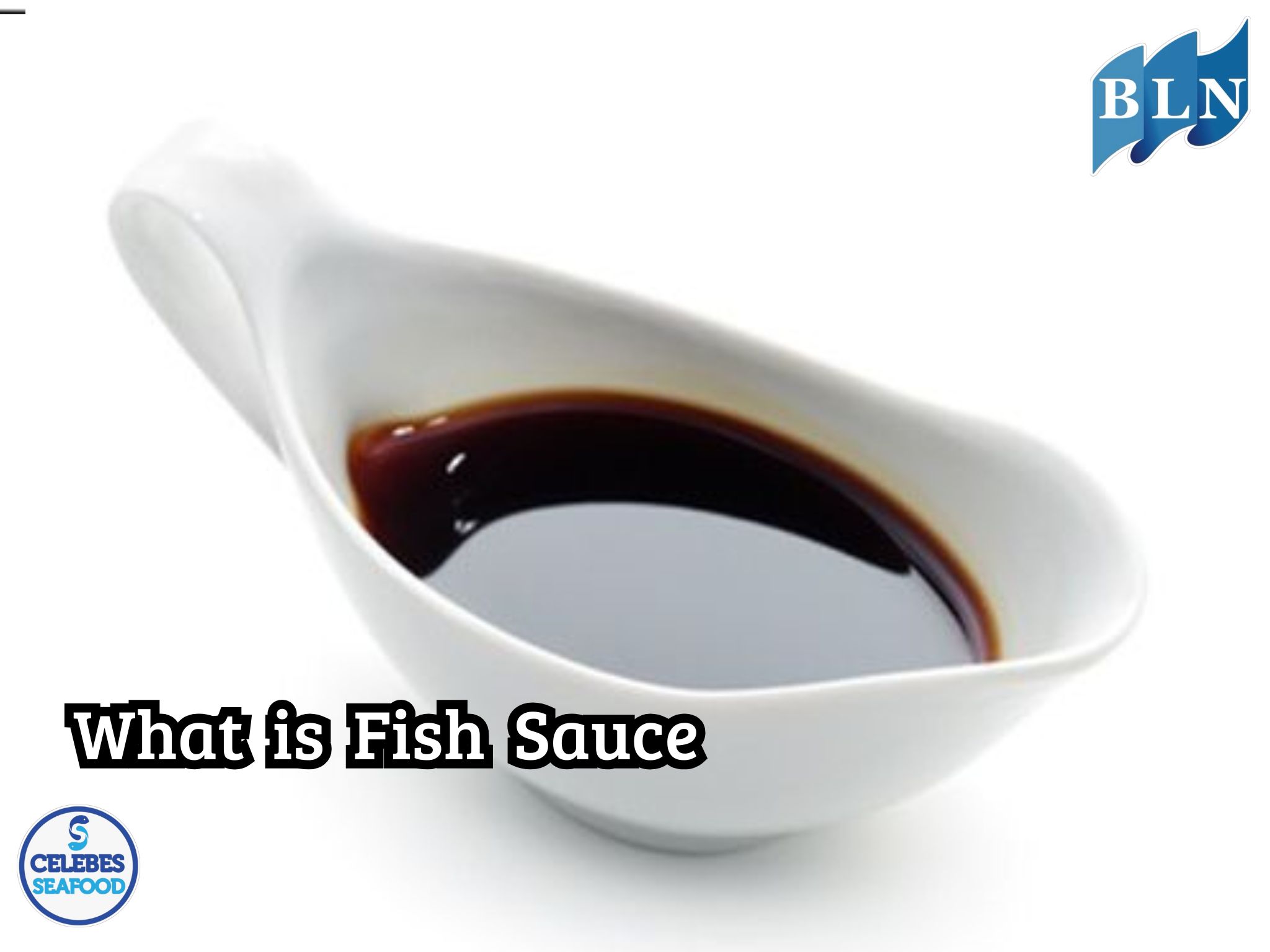Following are Several Stages of Good Handling of Mackerel Fish in the Processing Unit
By. Amma - 21 Jan 2025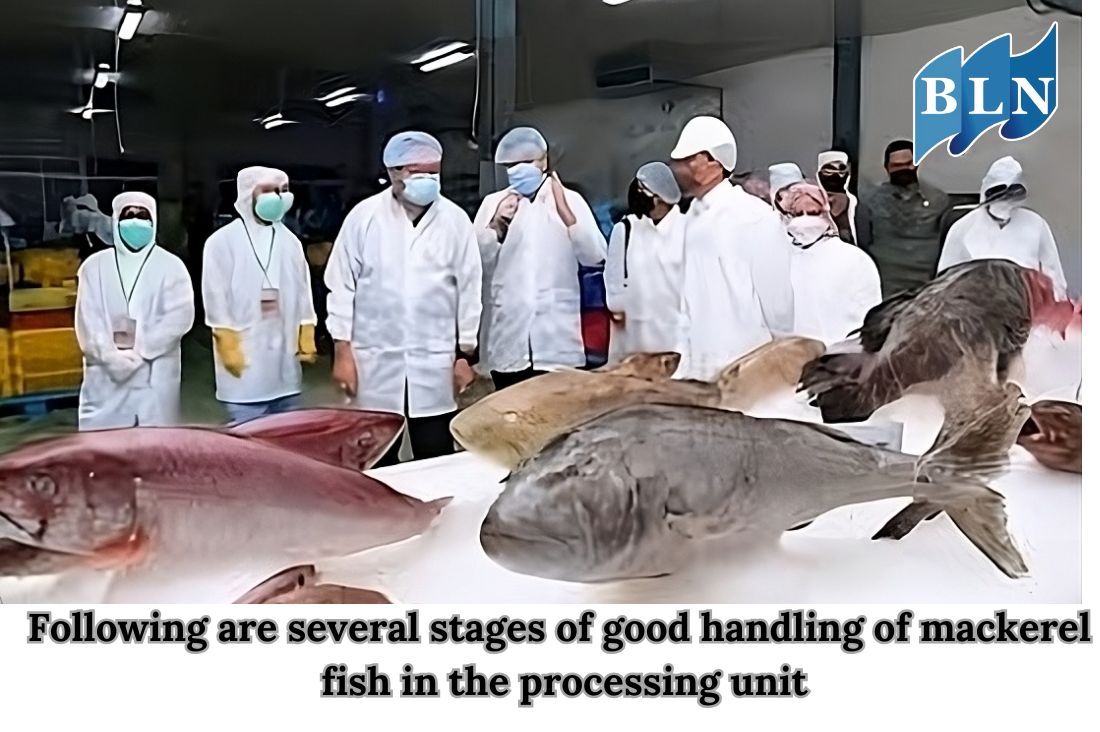
lautnusantara.com Proper handling of mackerel fish in the Fish Processing Unit (UPI) is crucial to maintaining its quality, freshness and safety until it reaches consumers. Freshness is one of the main factors that determines the quality of fish. Fresh fish usually have clear, shiny eyes, bright red gills, and chewy, elastic flesh
fish handling
The following are the important stages in handling mackerel fish at UPI:
1. Receipt of Raw Materials:
- Initial Selection: Mackerel fish received at UPI must be strictly selected. Characteristics of fresh mackerel fish that you should pay attention to:The eyes are clear and convex. The gills are fresh red. The flesh is elastic and supple when pressed. Does not have a strong foul or fishy smell. The skin is shiny and not excessively slimy.
- Temperature Check: The temperature of the fish should be measured to ensure the cold chain is maintained during transportation. The ideal temperature for fresh fish is 0-5°C.
- Recording: Reception data such as quantity, weight, origin of fish, and date of receipt must be recorded completely.
2. Fish Handling and Processing:
- Washing and Sorting: Fish are washed thoroughly with cold running water to remove dirt, blood and mucus. After washing, the fish are sorted based on size and quality.
- Weeding (Gutting): The process of removing the contents of the fish's stomach must be done carefully to prevent bacterial contamination of the fish flesh. Steps: Place the fish on a clean table. Cut open the fish's stomach from the anus to the gills. Remove entrails and gills. Clean the abdominal cavity with clean water. Make sure there are no remains of stomach contents left behind.
- Splitting or Filleting: Cleavage: The fish is split into two halves along the spine. Filleting: The fish flesh is separated from the bones and skin to produce mackerel fillets. This process requires special skills to minimize wasted
- Special Handling (According to Final Product):Chilling: Fish is cooled with bulk ice or ice water in a clean container. Freezing: Fish is frozen using appropriate methods, such as blast freezing or plate freezing, to maintain quality and extend shelf life. The ideal temperature for freezing is -18°C or lower. Salting: Fish is salted using appropriate methods, such as dry salting or wet salting, to preserve it. Smoking: Fish is smoked using hot or cold smoking methods to give it a distinctive aroma and taste. Drying: Fish is dried using sun drying, mechanical drying, or freeze drying methods to reduce the water content.
3. Handling and Use of Additives:
- If additional ingredients such as salt, spices or preservatives are used, make sure they: Safe for food (food grade). Has a distribution permit from BPOM. Used according to the permitted dosage.
- Note the type and amount of additional ingredients used.
4. Packaging:
- Fish products are packaged with ingredients that:Clean and sanitary. Safe for food (food grade). Airtight and resistant to low temperatures (for frozen products). Provide complete information about the product (product name, net weight, production date, expiration date, composition, nutritional value information, and manufacturer).
- Use appropriate packaging methods, such as vacuum packing or modified atmosphere packaging (MAP), to extend the product's shelf life.
5. Storage:
- Fish products are stored at the correct temperature:Fresh products: 0-5°C. Frozen products: -18°C or lower.
- Use a first in first out (FIFO) storage system to ensure products that are stored longer are sold first.
- Monitor storage temperatures periodically.
If you are interested in our WAHOO NATURAL CUT FILLET SKIN ON, WAHOO QUARTER CUT FILLET SKIN ON please do not hesitate to contact us through email and/or whatsapp.

